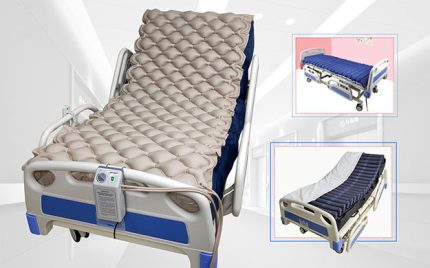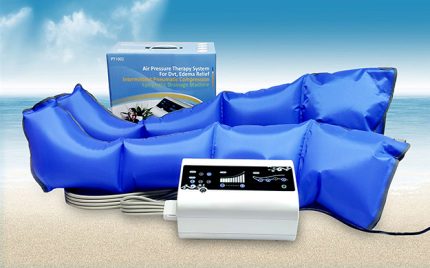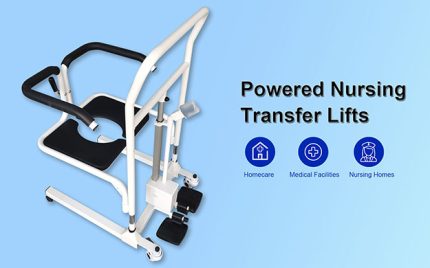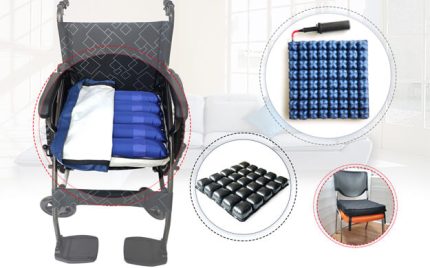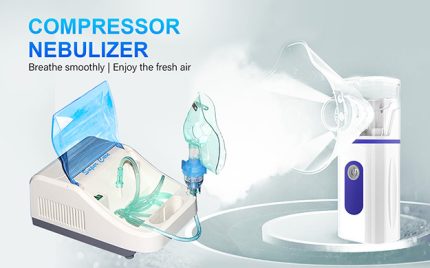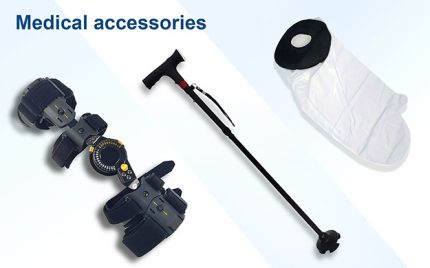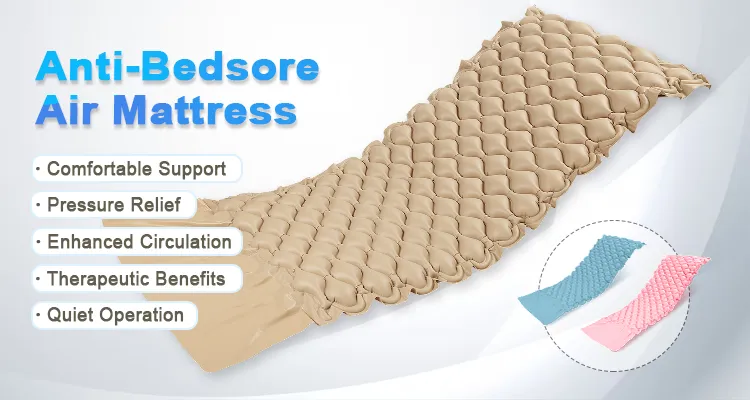Medical air mattresses constitute a fundamental intervention for preventing pressure ulcers among patients with prolonged immobility. By redistributing body weight and promoting microcirculation, these devices contribute measurably to patient comfort and safety.
To preserve these therapeutic benefits, rigorous standards of cleaning and sanitizing are mandatory; failure to adhere compromises patient safety, encourages microbial colonization, and can shorten mattress service life. This article serves as a uniform, authoritative reference for institutional and home-care settings on the disciplined cleaning and sanitizing of air surface systems.
Why Cleaning and Sanitizing Is Important
Conscientious sanitation of the clinical mattress delivers several interdependent advantages:
-
Prevent Bacterial, Fungal, or Viral Growth – The interface of moisture, desquamated skin cells, and exudates provides a nutrients equilibria; if not promptly addressed, bacteria, fungi, and viruses can flourish.
-
Reduce Healthcare-Associated Infections – Pathogen-laden surfaces are a documented vector for healthcare-associated infections; mitigating contamination is therefore a key element of infection control protocols.
-
Extend Mattress Lifespan – Routine removal of organic and inorganic soils protects the polymer, seals, and valve systems from accelerated deterioration, thus maximizing service life and sustaining optimal therapeutic efficacy.
-
Enhance Care Efficiency – An effectively cleaned surface reveals its structural integrity for easy inspection, its control mechanisms for responsive adjustments, and its inflation permits for operator reassurance.
Recommended Cleaning Frequency
-
After Each Patient Discharge or Linen Change – Carry out surface cleaning to eradicate visible soils and to ensure that contamination from the previous occupant is effectively neutralized.
-
Periodic Deep Disinfection – Conduct cleaning on an interval of either every week or every month, adjusting for usage frequency and the patient population’s infection risk profile.
-
Adjust Based on Environment – Wards characterized by heightened infection risk, such as intensive care or shared patient bays, may necessitate an increase in cleaning frequency beyond standard schedules.
Step-by-Step Cleaning Guide
1. Preparation
-
Detach the electrical pump tube from the mattress.
-
Strip off all linens, waterproof protectors, and removable items.
-
If the manufacturer permits, deflate the mattress according to specification.
2. Surface Cleaning
-
Utilize a neutral, non-abrasive detergent and a damp cloth to scrub the entire exposed surface.
-
Prioritize regions repeatedly in contact with the patient’s body, specifically the heels, shoulder blades, and sacral area.
3. Disinfection
-
Disperse an EPA-registered, hospital-use disinfectant in strict accordance with product labeling.
-
Confirm complete coverage of seams, welting, and any non-porous contact areas.
-
Obey the stipulated wet contact time to ensure optimal viral and bacterial inactivation.
4. Drying
-
Permit the device to ventilate until all visible dampness evaporates.
-
Prevent pooling condensates, as retained moisture substantially promotes pathogen survival.
5. Inspection
-
Examine air bladders, pump mechanisms, tubing, and attachment seals for leaks, cracks, or structural compromise.
-
Validation of functional integrity is essential before reintroducing the mattress to patient care.
Special Considerations
-
Avoid Harsh Chemicals – Alkalis, bleach, and scrub pads may chemically or physically destroy air-cell integrity and waterproof membranes.
-
Protect Electronic Components – Carefully control the application of disinfectants and water to prevent moisture intrusion into pump and pressure control compartments.
-
High-Risk Patients – Environments serving such populations may mandate supplemental surface and air disinfection strategies.
Tips for Long-Term Maintenance
-
Schedule documented evaluations of air-cell integrity, hose condition, and pump functional parameters.
-
Keep all potentially penetrating items well away from the mattress surface.
-
Adhere strictly to the cleaning and disinfection protocols detailed in the purchase documentation to preserve warranty and guarantee patient safety.
-
Periodically rotate, flip, or reposition the mattress to distribute mechanical stress evenly and forestall localized degradation.
FAQs
Q1: Can I use household disinfectants for medical air mattress cleaning?
Normal disinfectants might work, but it’s smarter to grab wipes or sprays that the hospital trusts. They’re specially made so the mattress and its electronics don’t get wrecked.
Q2: Does cleaning frequency depend on patient usage?
Yes. Higher frequency or high-risk patient use requires more frequent cleaning and disinfection.
Q3: How can I avoid damaging the mattress during cleaning?
Stick to gentle soap, don’t use bristly pads or knives, and keep sprays away from the air pump and its tiny controls. The instruction booklet from the manufacturer is your playbook, so use it.
Conclusion
Safe operation, infection control, and prolonged functionality of a medical air mattress hinge upon a comprehensive cleaning and disinfection protocol. Scheduled servicing, vigilant management, and strict compliance with manufacturer’s guidance not only mitigate the potential for nosocomial transmission but also optimize the mattress’s mechanical integrity and, consequently, the delivery of consistent, quality patient support.
Integrating meticulous cleaning with systematic inspection and appropriate application empowers both institutional and domiciliary care providers to derive the full therapeutic advantages of hospital air mattress systems, whilst safeguarding the patient population against preventable hazards.
![]()

